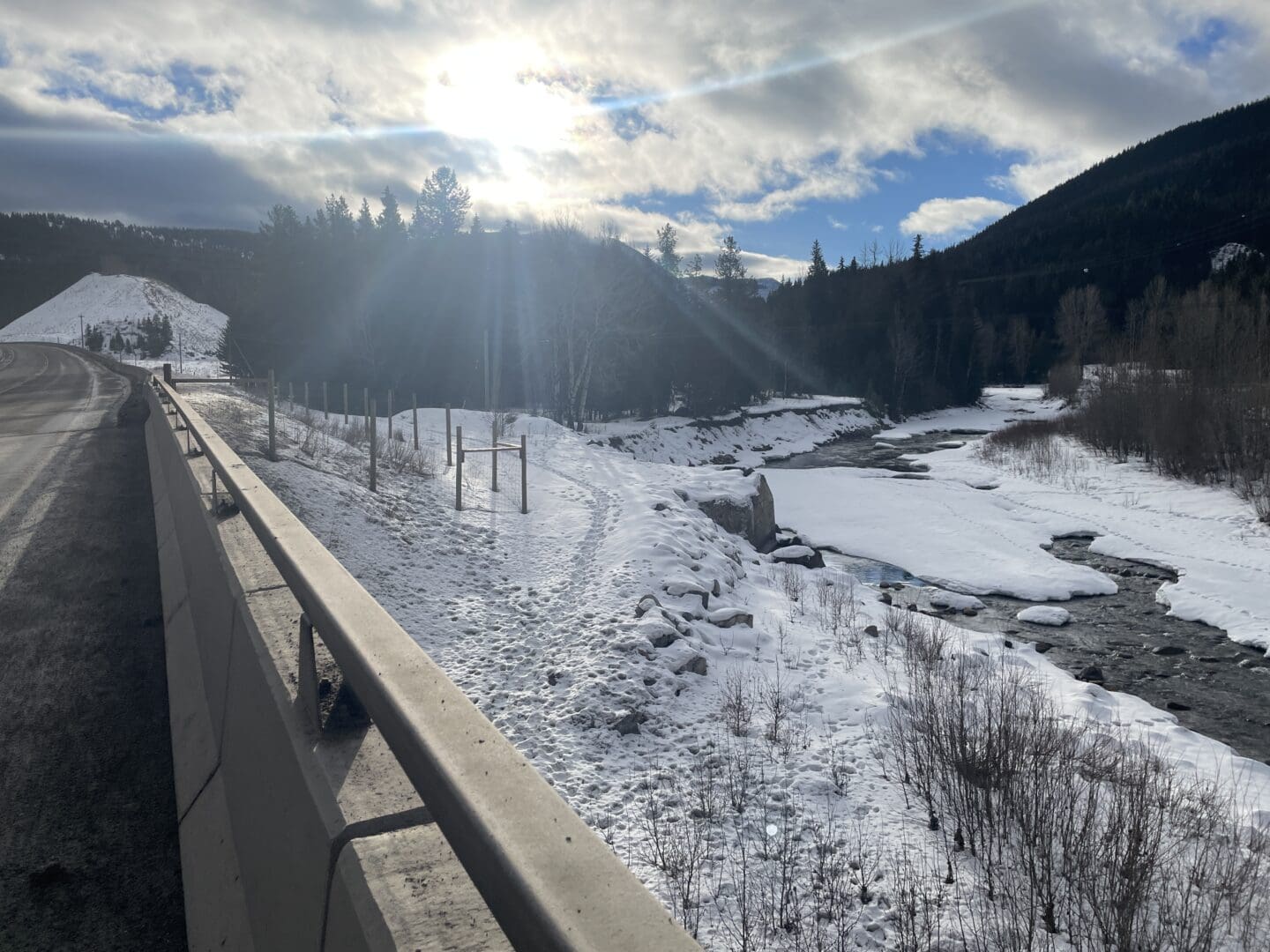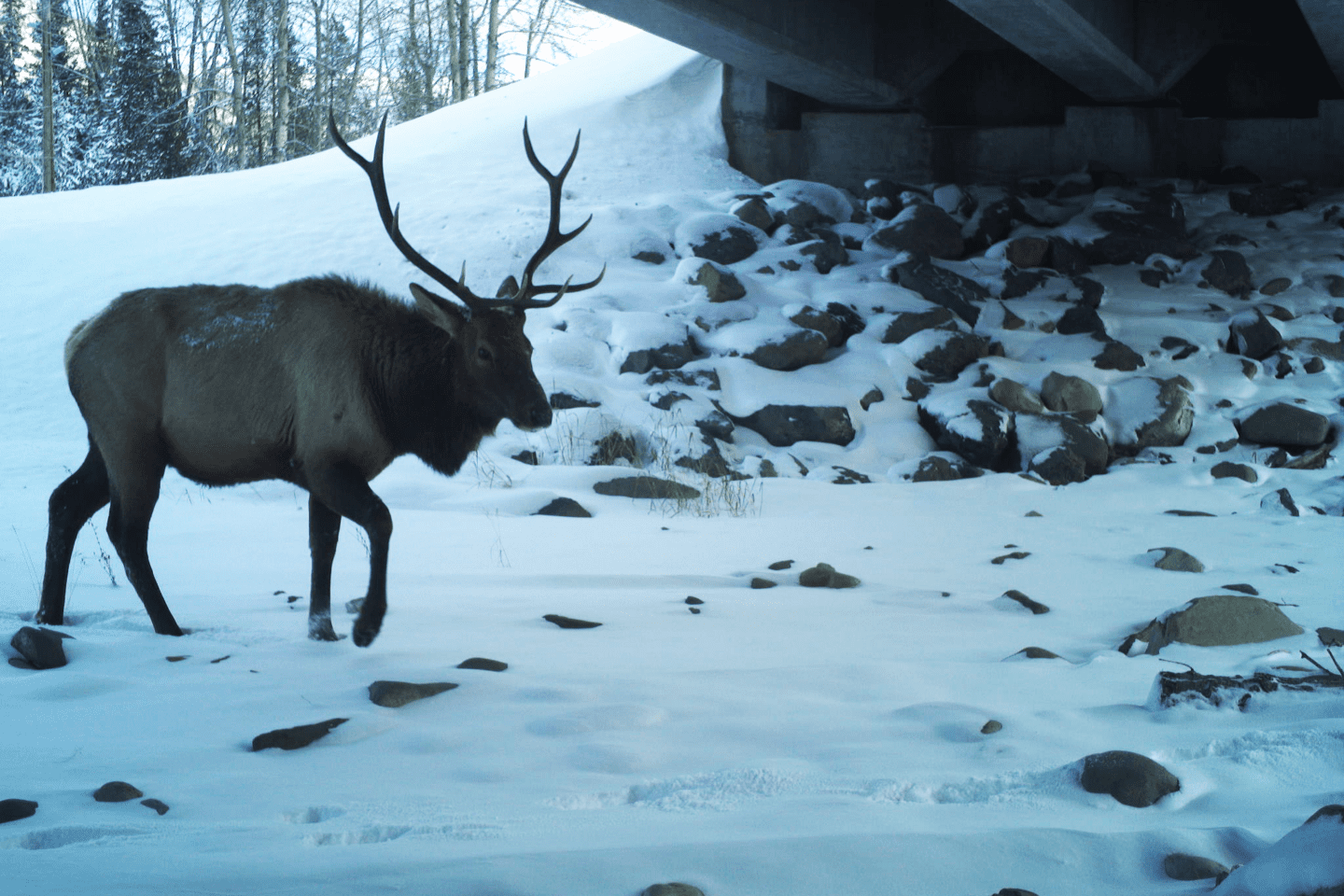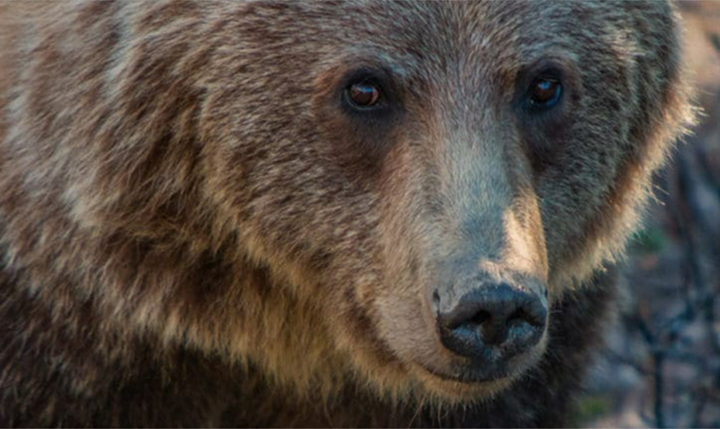New wildlife fencing on Highway 3 east of Sparwood, British Columbia, recently announced
The Yellowstone to Yukon Conservation Initiative (Y2Y), a partner in the Reconnecting the Rockies project, commends the Government of British Columbia on additional wildlife fencing and crossings being built on Highway 3. The province’s ongoing work to construct a series of wildlife underpasses and overpasses connected by fencing is helping to provide wildlife with safe passage and making the highway safer for drivers.
New wildlife fencing is being built along two kilometers of Highway 3 east of Sparwood, linking to existing fencing and wildlife underpasses at Carbon and Alexander Creeks, which were completed in Phase 1 of the project. Work this year will also include adding wildlife pathways beneath the Old Town and Michel Mouth bridges to serve as wildlife crossings and connect to future wildlife fencing.

This work is part of Reconnecting the Rockies, an ongoing project that envisions ten wildlife crossing structures (underpasses and overpasses) and 27 kilometers of wildlife fencing along Highway 3 in southeast B.C. The Reconnecting the Rockies project aims to reduce wildlife-vehicle collisions while improving wildlife habitat connectivity in a key landscape in the 3,400-km-long Yellowstone to Yukon region.
“With the significant number of wildlife-vehicle collisions in this part of B.C., it’s great to see the province’s ongoing commitment to making Highway 3 safer for people and to keeping wildlife alive,” says Tim Johnson, landscape connectivity specialist, Yellowstone to Yukon Conservation Initiative. “These wildlife crossing projects result from many years of work by numerous partners, including Y2Y, so it’s exciting to see this next phase breaking ground this summer.”
“With the significant number of wildlife-vehicle collisions in this part of B.C., it’s great to see the province’s ongoing commitment to making Highway 3 safer for people and to keeping wildlife alive.”
In addition to B.C.’s Ministries of Transportation and Infrastructure and Water, Land and Resource Stewardship, other Reconnecting the Rockies project partners include Biodiversity Pathways, Wildsight and Miistakis Institute. Parks Canada supports the project, whose National Program for Ecological Corridors (NPEC) recognizes the Highway 3 corridor as a key landscape for wildlife connectivity. A $1.985 million grant from the NPEC is helping to fund the fencing and wildlife crossings, research and outreach activities to advance the project.
“Southeast B.C. is home to spectacular wildlife habitat that supports sheep, elk, grizzly bears, wolverines, and other wildlife that all move through these landscapes,” says Dr. Clayton Lamb of Biodiversity Pathways. “Wildlife species thrive when they can move freely and safely across the landscape, staying connected to each other. Highways make it harder for them to move, leaving them with the choice to attempt the crossing and risk injury or death or not to cross at all. Here, we’re working to make highways safer for people and wildlife.”
Wildlife fencing and crossings will also contribute to drivers’ peace of mind when travelling this increasingly busy route through the southern Canadian Rockies. With close to 200 large mammal wildlife-vehicle collisions a year on this part of Highway 3, these projects are solutions to an urgent issue.
To the east, Alberta has also announced plans for a series of wildlife crossings and fencing to address the same issue on Highway 3, which crosses both provinces. Collectively, these projects will help improve motorist safety and maintain ecological connectivity for local and wide-ranging wildlife in a vital corridor connecting Banff National Park and Waterton-Glacier International Peace Park.
About wildlife crossings
- Currently, there are 177 wildlife crossings in the broader 3,400-km-long Yellowstone to Yukon region.
- Wildlife overpasses and underpasses with fencing can reduce large animal wildlife-vehicle collisions by 83% on average.
- According to the B.C. government, property damage and injuries related to wildlife-vehicle collisions province-wide cost up to $25 million every year.
We’re grateful for the support we receive for this project from Y2Y donors, Donald J. Slavik Family Foundation and Parks Canada.


